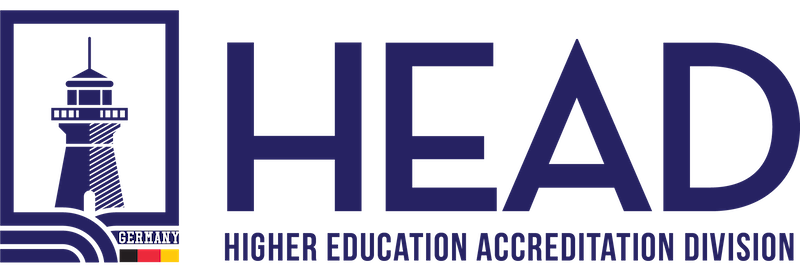The Crucial Role of Top Management in Meeting Learners’ Needs and Expectations

Introduction
In the dynamic landscape of education, meeting the needs and expectations of learners and beneficiaries is paramount for achieving excellence and fostering positive outcomes. This responsibility doesn’t rest solely with educators and instructors; top management plays a pivotal role in ensuring that these needs are determined, understood, and consistently met. By actively monitoring satisfaction levels and educational progress, top management can create a continuous improvement and innovation culture, driving institutions toward tremendous success.
The Changing Landscape of Education
Modern education is characterised by its rapidly evolving nature, driven by technological advancements, changing pedagogical approaches, and shifting student demographics. As learners become more diverse in their backgrounds and learning styles, educational institutions must adapt to remain relevant and practical. This adaptability hinges on top management’s commitment to staying attuned to learners’ ever-changing needs and expectations.
Direct Responsibility of Top Management
Top management, which includes executives, directors, and board members, is responsible for setting the tone for the institution’s commitment to learners’ success. Their active involvement and leadership are crucial in creating an environment where learner-centricity is a core value. By clearly articulating the importance of understanding and meeting learners’ needs, top management empowers the entire institution to work together towards this common goal.
Determining Needs and Expectations
Understanding learners’ needs and expectations is one of the first steps in fulfilling them. Top management must establish channels for effective communication to gather feedback directly from learners and beneficiaries. This could involve surveys, focus groups, town hall meetings, and digital platforms where students can voice their opinions.
Beyond the classroom, it’s essential to consider learners’ broader expectations from their educational experience. These could include access to updated resources, career development support, opportunities for practical application of knowledge, and a safe and inclusive learning environment. Top management should create avenues for learners to express their expectations, enabling the institution to align its strategies accordingly.
Consistent Monitoring and Adaptation
Satisfaction and progress are not static concepts. They evolve and may be influenced by factors beyond the institution’s control. Top management must institute a continuous monitoring system to accurately gauge satisfaction levels and educational progress. Regularly collecting and analysing data allows the institution to identify trends, gaps, and areas for improvement.
In cases where learner needs still need to be met or expectations are not fulfilled, top management must take decisive action. This could involve reallocating resources, refining teaching methodologies, or investing in professional development for educators. Such proactive measures demonstrate the institution’s commitment to its learners’ success.
Cultural Impact and Institutional Success
When top management is committed to meeting learner needs and expectations, it sends a clear message to the entire institution about its priorities. This commitment can inspire faculty, staff, and students to collaborate to enhance the learning experience. Moreover, it fosters a culture of accountability, where all stakeholders recognise their role in achieving positive educational outcomes.
An institution consistently meeting learner needs is likelier to experience positive word-of-mouth marketing, higher retention rates, and improved rankings. A reputation for learner-centricity can attract more students and funding, contributing to the institution’s long-term success.
Conclusion
In an era of educational transformation, the role of top management in ensuring the needs and expectations of learners and beneficiaries are met cannot be overstated. Their proactive involvement in determining these needs, fostering open communication, and monitoring satisfaction and progress can shape the institution’s culture and drive its success. Top management paves the way for a brighter future in education by placing learners at the centre of decision-making processes.
Would you like to speak to one of our Higher Education Accreditation Expert? Just submit your details and we’ll be in touch shortly. You can also email us if you would prefer.

